
Rabbit Anti-BRCA2 antibody
BRCA2_HUMAN; Breast cancer type 2 susceptibility protein; FACD; FANCD1; Fanconi anemia group D1 protein; BRCA 2; BRCA2 DNA repair associated; FAD; FAD1; GLM3; BRCC2; FANCD; PNCA2; XRCC11; BROVCA2;
View History [Clear]
Details
Product Name BRCA2 Chinese Name 乳腺癌易感基因2抗体 Alias BRCA2_HUMAN; Breast cancer type 2 susceptibility protein; FACD; FANCD1; Fanconi anemia group D1 protein; BRCA 2; BRCA2 DNA repair associated; FAD; FAD1; GLM3; BRCC2; FANCD; PNCA2; XRCC11; BROVCA2; literatures Research Area Tumour Chromatin and nuclear signals Epigenetics Immunogen Species Rabbit Clonality Polyclonal React Species Human, Mouse, (predicted: Rat, Chicken, Dog, Cow, Horse, Rabbit, ) Applications WB=1:500-2000 ELISA=1:5000-10000 IHC-P=1:100-500 IHC-F=1:100-500 IF=1:100-500 (Paraffin sections need antigen repair)
not yet tested in other applications.
optimal dilutions/concentrations should be determined by the end user.Theoretical molecular weight 384kDa Cellular localization The nucleus Form Liquid Concentration 1mg/ml immunogen KLH conjugated synthetic peptide derived from human BRCA2: 21-130/3418 Lsotype IgG Purification affinity purified by Protein A Buffer Solution 0.01M TBS(pH7.4) with 1% BSA, 0.03% Proclin300 and 50% Glycerol. Storage Shipped at 4℃. Store at -20 °C for one year. Avoid repeated freeze/thaw cycles. Attention This product as supplied is intended for research use only, not for use in human, therapeutic or diagnostic applications. PubMed PubMed Product Detail Inherited mutations in BRCA1 and this gene, BRCA2, confer increased lifetime risk of developing breast or ovarian cancer. Both BRCA1 and BRCA2 are involved in maintenance of genome stability, specifically the homologous recombination pathway for double-strand DNA repair. The largest exon in both genes is exon 11, which harbors the most important and frequent mutations in breast cancer patients. The BRCA2 gene was found on chromosome 13q12.3 in human. The BRCA2 protein contains several copies of a 70 aa motif called the BRC motif, and these motifs mediate binding to the RAD51 recombinase which functions in DNA repair. BRCA2 is considered a tumor suppressor gene, as tumors with BRCA2 mutations generally exhibit loss of heterozygosity (LOH) of the wild-type allele. [provided by RefSeq, May 2020]
Function:
Involved in double-strand break repair and/or homologous recombination. Binds RAD51 and potentiates recombinational DNA repair by promoting assembly of RAD51 onto single-stranded DNA (ssDNA). Acts by targeting RAD51 to ssDNA over double-stranded DNA, enabling RAD51 to displace replication protein-A (RPA) from ssDNA and stabilizing RAD51-ssDNA filaments by blocking ATP hydrolysis. May participate in S phase checkpoint activation. Binds selectively to ssDNA, and to ssDNA in tailed duplexes and replication fork structures. In concert with NPM1, regulates centrosome duplication.
Subunit:
Monomer and dimer. Interacts with RAD51; regulates RAD51 recruitment and function at sites of DNA repair. Interacts with DSS1. Interacts with both nonubiquitinated and monoubiquitinated FANCD2; this complex also includes XRCC3 and phosphorylated FANCG. Interacts with WDR16. Interacts with USP11. Interacts with DMC1. Part of a trimeric complex containing BRCA1, BRCA2 and PALB2. Interacts with PALB2. Interacts with BRCA1 only in the presence of PALB2 which serves as the bridging protein. Interacts with ROCK2 and NPM1.
Subcellular Location:
Nuclear protein.
Tissue Specificity:
Highest levels of expression in breast and thymus, with slightly lower levels in lung, ovary and spleen.
Post-translational modifications:
Phosphorylated by ATM upon irradiation-induced DNA damage. Phosphorylation by CHEK1 and CHEK2 regulates interaction with RAD51. Phosphorylation at Ser-3291 by CDK1 and CDK2 is low in S phase when recombination is active, but increases as cells progress towards mitosis; this phosphorylation prevents homologous recombination-dependent repair during S phase and G2 by inhibiting RAD51 binding.
Ubiquitinated in the absence of DNA damage; this does not lead to proteasomal degradation. In contrast, ubiquitination in response to DNA damage leads to proteasomal degradation.
DISEASE:
Defects in BRCA2 are a cause of susceptibility to breast cancer (BC). A common malignancy originating from breast epithelial tissue. Breast neoplasms can be distinguished by their histologic pattern. Invasive ductal carcinoma is by far the most common type. Breast cancer is etiologically and genetically heterogeneous. Important genetic factors have been indicated by familial occurrence and bilateral involvement. Mutations at more than one locus can be involved in different families or even in the same case. Defects in BRCA2 are the cause of pancreatic cancer type 2 (PNCA2) [MIM:613347]. It is a malignant neoplasm of the pancreas. Tumors can arise from both the exocrine and endocrine portions of the pancreas, but 95% of them develop from the exocrine portion, including the ductal epithelium, acinar cells, connective tissue, and lymphatic tissue.
Similarity:
Contains 8 BRCA2 repeats.
SWISS:
P51587
Gene ID:
675
Database links:Entrez Gene: 675 Human
Entrez Gene: 12190 Mouse
Omim: 600185 Human
SwissProt: P51587 Human
SwissProt: P97929 Mouse
Unigene: 34012 Human
Unigene: 236256 Mouse
Product Picture
MCF-7(Human) Cell Lysate at 30 ug
CAPAN1 (Human) Cell Lysate at 30 ug
Primary: Anti- BRCA2 (SL1210R) at 1/200 dilution
Secondary: IRDye800CW Goat Anti-Rabbit IgG at 1/10000 dilution
Predicted band size: 384 kD
Observed band size: 384 kD
Paraformaldehyde-fixed, paraffin embedded (rat testis); Antigen retrieval by boiling in sodium citrate buffer (pH6.0) for 15min; Block endogenous peroxidase by 3% hydrogen peroxide for 20 minutes; Blocking buffer (normal goat serum) at 37°C for 30min; Antibody incubation with (BRCA2) Polyclonal Antibody, Unconjugated (SL1210R) at 1:200 overnight at 4°C, followed by operating according to SP Kit(Rabbit) (sp-0023) instructionsand DAB staining.Paraformaldehyde-fixed, paraffin embedded (rat brain); Antigen retrieval by boiling in sodium citrate buffer (pH6.0) for 15min; Block endogenous peroxidase by 3% hydrogen peroxide for 20 minutes; Blocking buffer (normal goat serum) at 37°C for 30min; Antibody incubation with (BRCA2) Polyclonal Antibody, Unconjugated (SL1210R) at 1:200 overnight at 4°C, followed by operating according to SP Kit(Rabbit) (sp-0023) instructionsand DAB staining.Paraformaldehyde-fixed, paraffin embedded (Rat placenta); Antigen retrieval by boiling in sodium citrate buffer (pH6.0) for 15min; Block endogenous peroxidase by 3% hydrogen peroxide for 20 minutes; Blocking buffer (normal goat serum) at 37°C for 30min; Antibody incubation with (BRCA2) Polyclonal Antibody, Unconjugated (SL1210R) at 1:200 overnight at 4°C, followed by operating according to SP Kit(Rabbit) (sp-0023) instructionsand DAB staining.Tissue/cell: human breast carcinoma; 4% Paraformaldehyde-fixed and paraffin-embedded;
Antigen retrieval: citrate buffer ( 0.01M, pH 6.0 ), Boiling bathing for 15min; Block endogenous peroxidase by 3% Hydrogen peroxide for 30min; Blocking buffer (normal goat serum,C-0005) at 37℃ for 20 min;
Incubation: Anti-BRCA2/FANCB Polyclonal Antibody, Unconjugated(SL1210R) 1:200, overnight at 4°C, followed by conjugation to the secondary antibody(SP-0023) and DAB(C-0010) staining
Bought notes(bought amounts latest0)
No one bought this product
User Comment(Total0User Comment Num)
- No comment
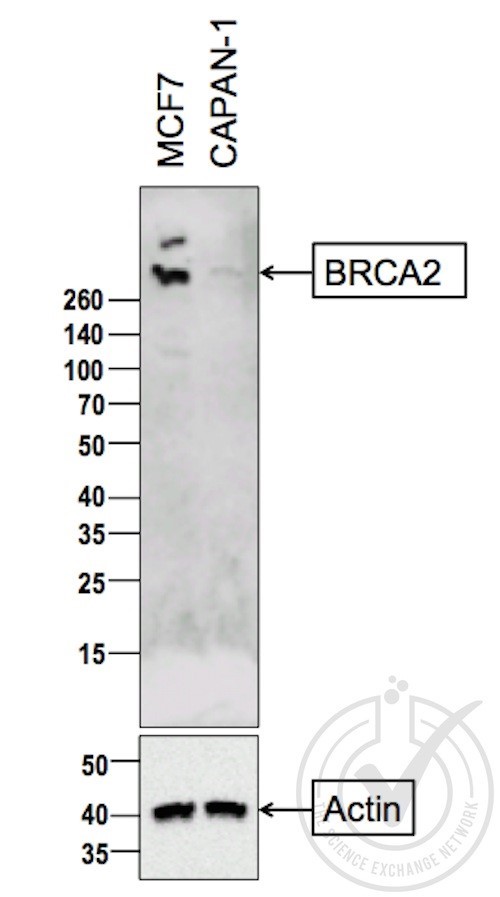
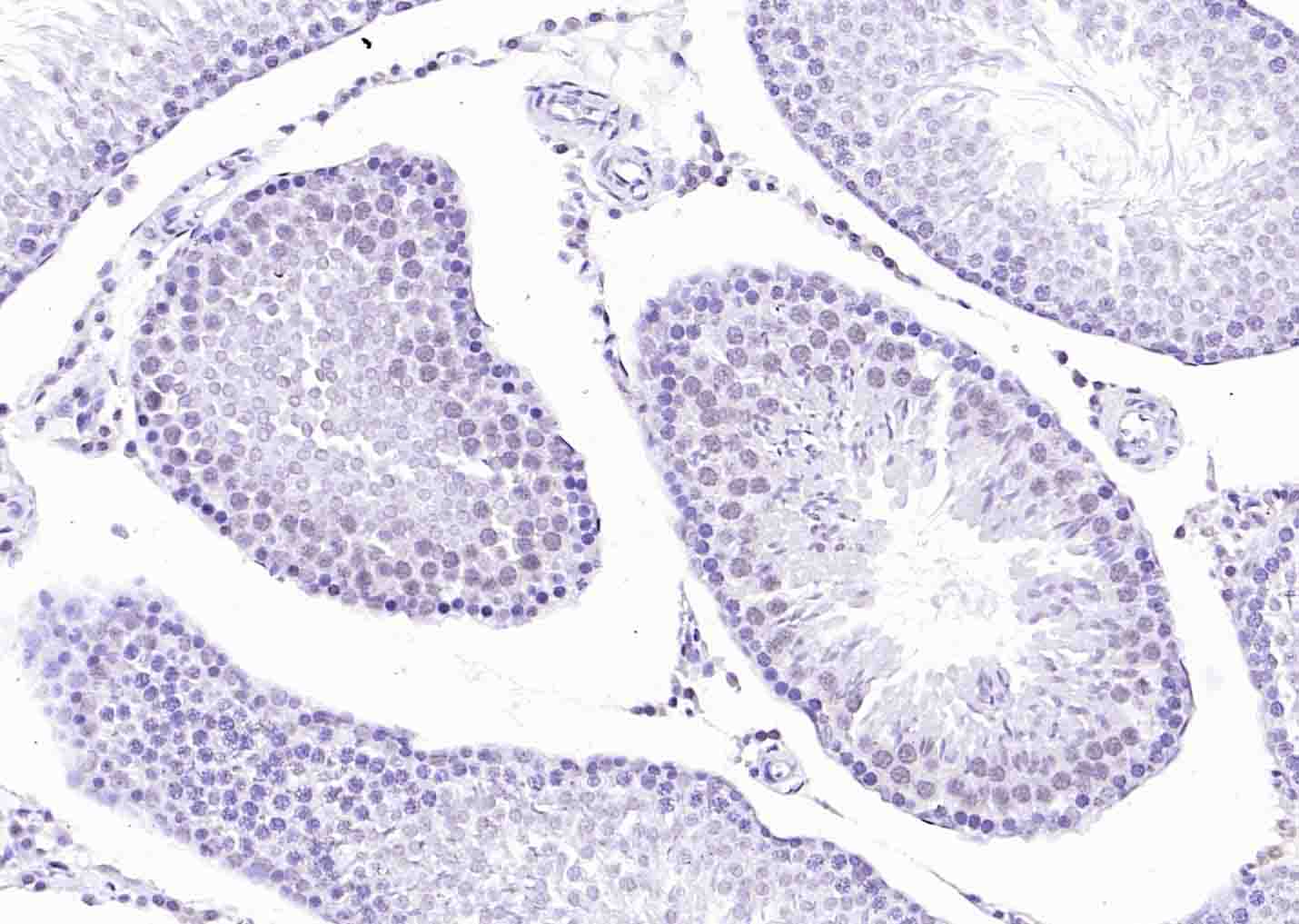
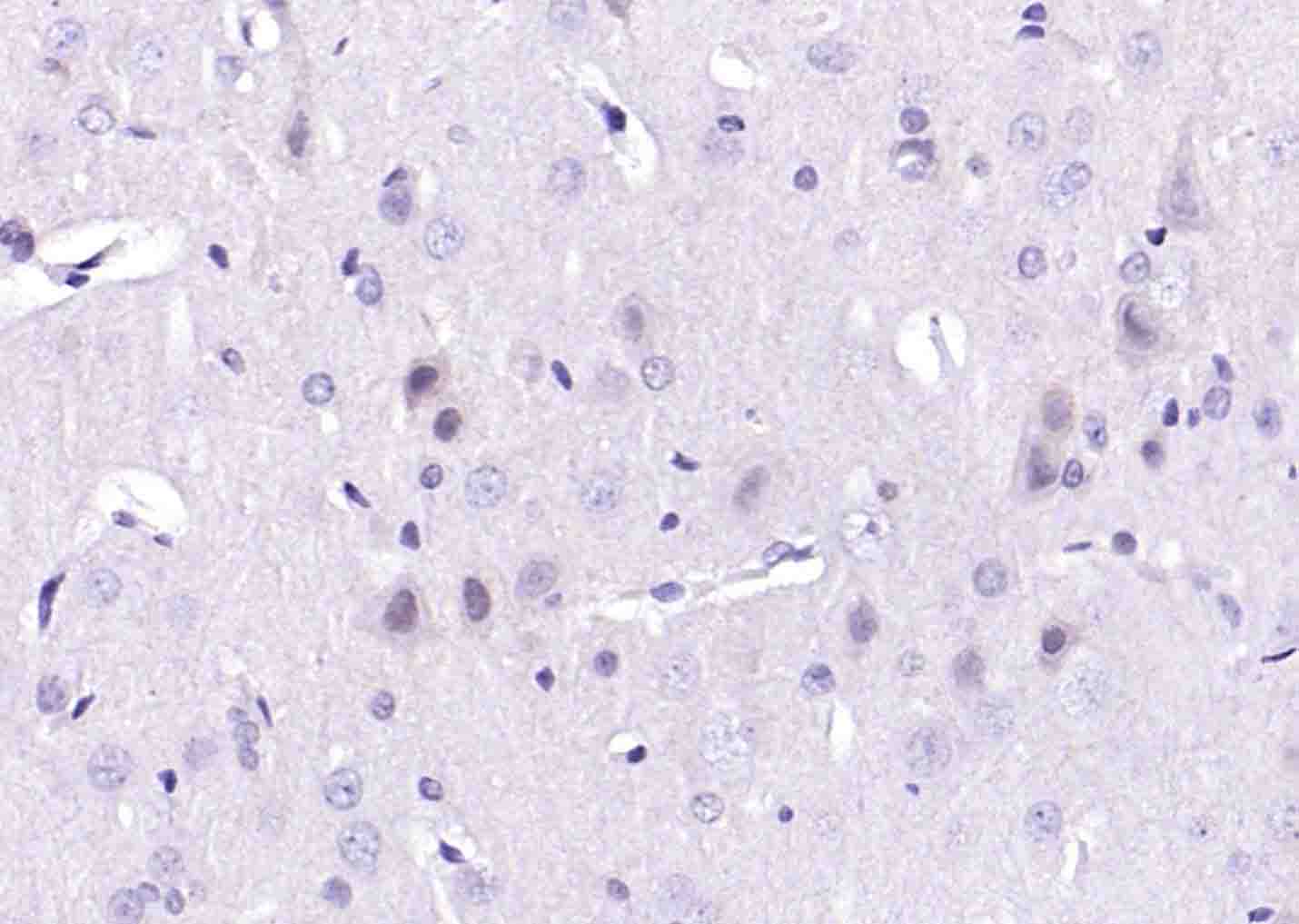
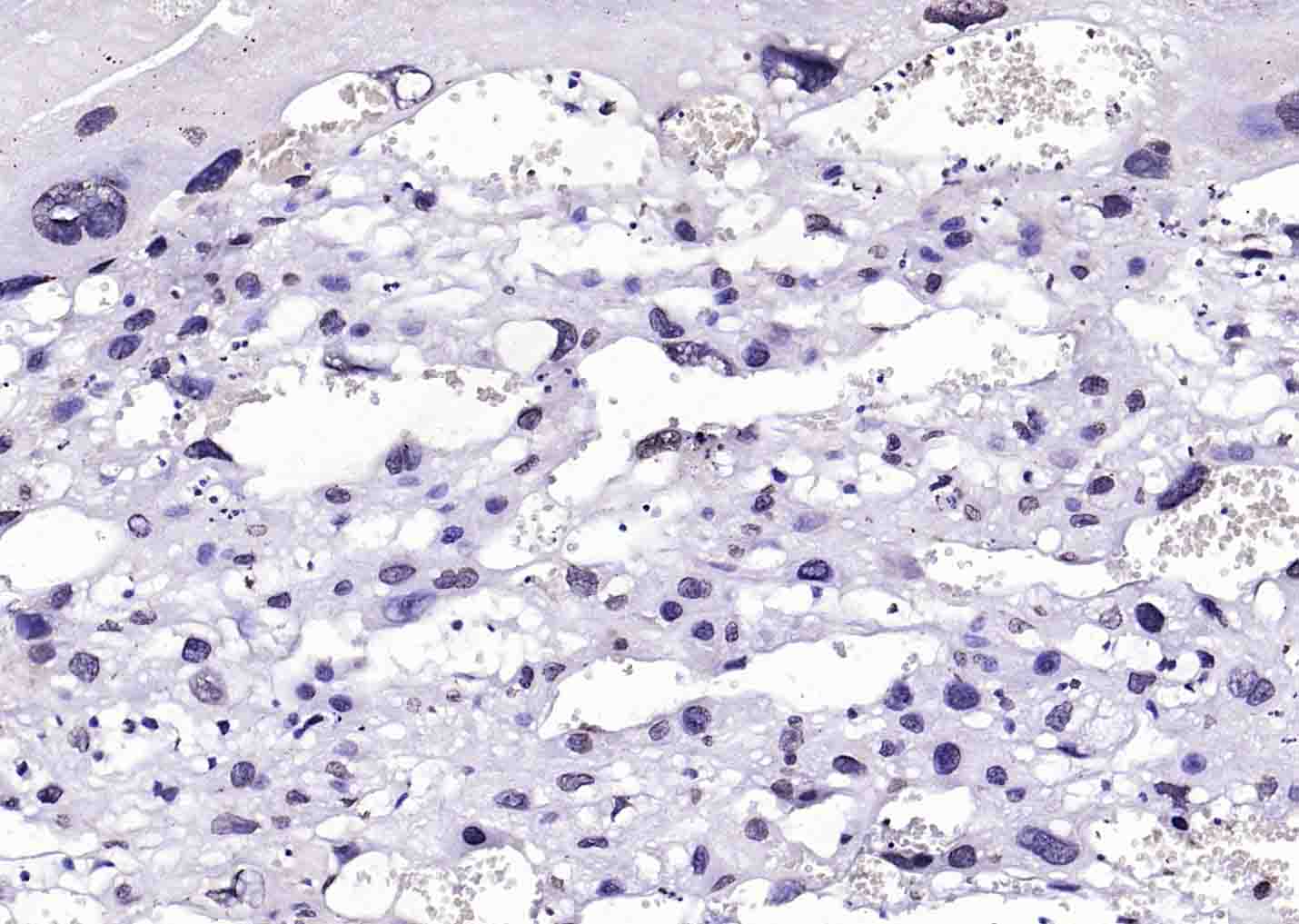
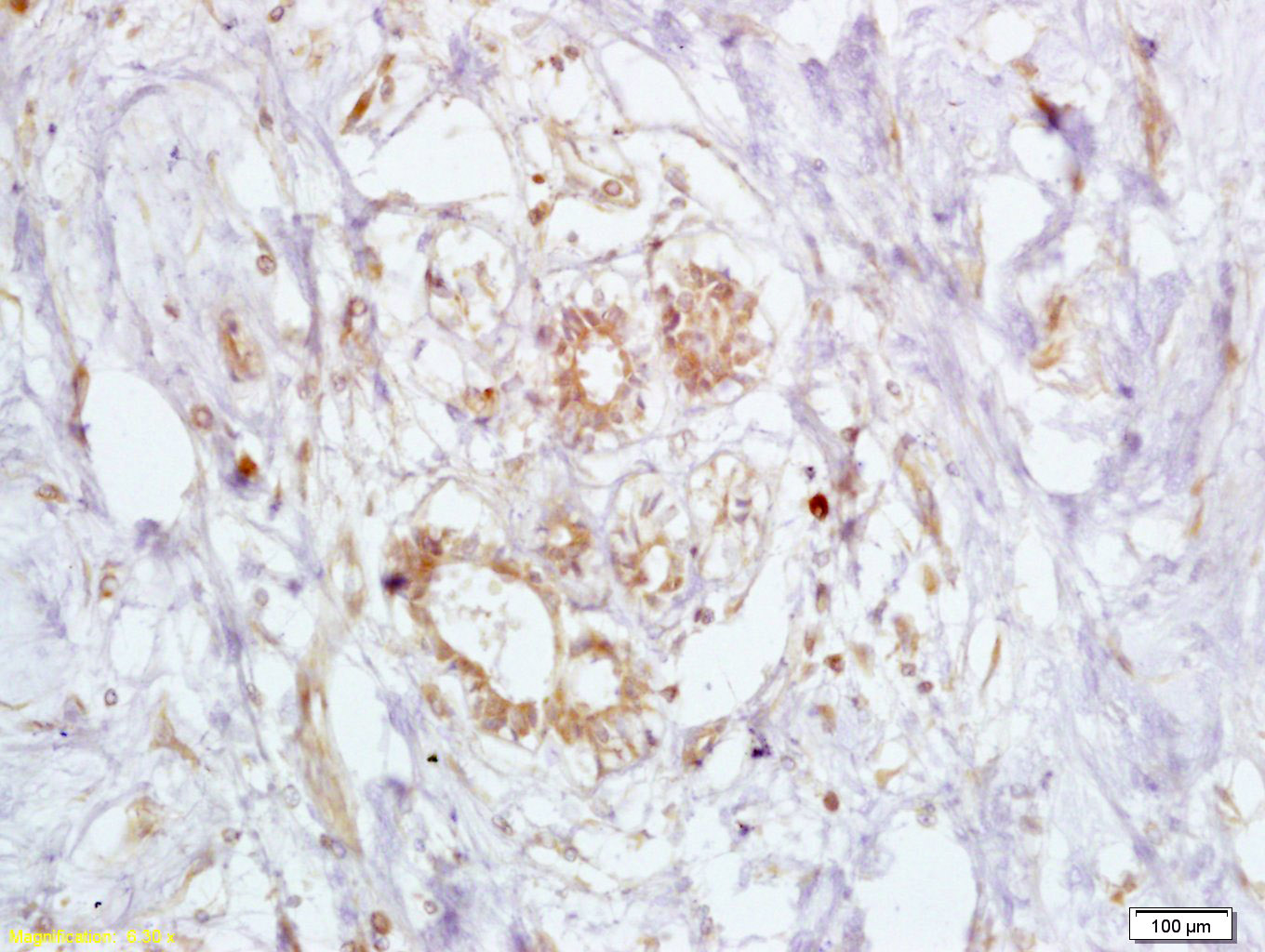


 +86 571 56623320
+86 571 56623320
 +86 18668110335
+86 18668110335

